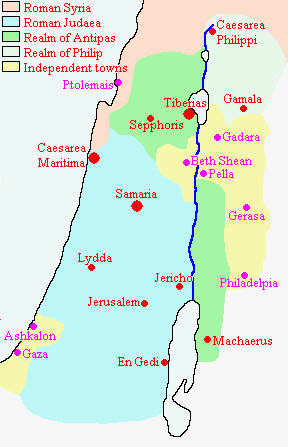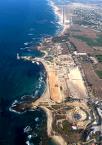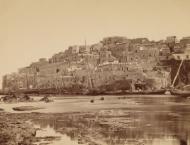Judea or Judæa is the name of the mountainous southern part of Canaan-Israel. The name originates from the Hebrew name "Yehudah", a son of the Jewish patriarch Jacob/Israel, and Yehudah's progeny forming the biblical Israelite tribe of Judah (Yehudah) and later the associated Kingdom of Judah.
The first Judean coins were struck when Judea was part of the Persian empire from the 6th - 4th centuries BC. During the latter part of this period, small silver coins were struck by an autonomous Jewish authority with the permission of the Persians. Many copied the owl design of the popular Athenian silver coins, but the Greek inscription “AQE” was replaced by an ancient Hebrew legend “YEHUD,” the Persian name of the Province of Judaea.
For the next many centuries, autonomous and semi-autonomous coins were struck in Judea under various foreign masters; Seleucids, Ptolemaics, and finally Romans..
Most famous are probably the coins of the various Hasmonean kings, and those of the Jewish revolts. Ancient Jewish coinage remains a very popular collection area, especially amongst American collectors.
The first Judean coins were struck when Judea was part of the Persian empire from the 6th - 4th centuries BC. During the latter part of this period, small silver coins were struck by an autonomous Jewish authority with the permission of the Persians. Many copied the owl design of the popular Athenian silver coins, but the Greek inscription “AQE” was replaced by an ancient Hebrew legend “YEHUD,” the Persian name of the Province of Judaea.
For the next many centuries, autonomous and semi-autonomous coins were struck in Judea under various foreign masters; Seleucids, Ptolemaics, and finally Romans..
Most famous are probably the coins of the various Hasmonean kings, and those of the Jewish revolts. Ancient Jewish coinage remains a very popular collection area, especially amongst American collectors.

(3)
Paneas
A settlement in Judea
also known as
Caesarea Paneas
-
Caesarea Philippi
-
Neronias
-
Baneas



